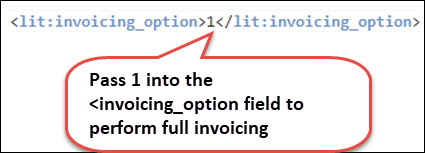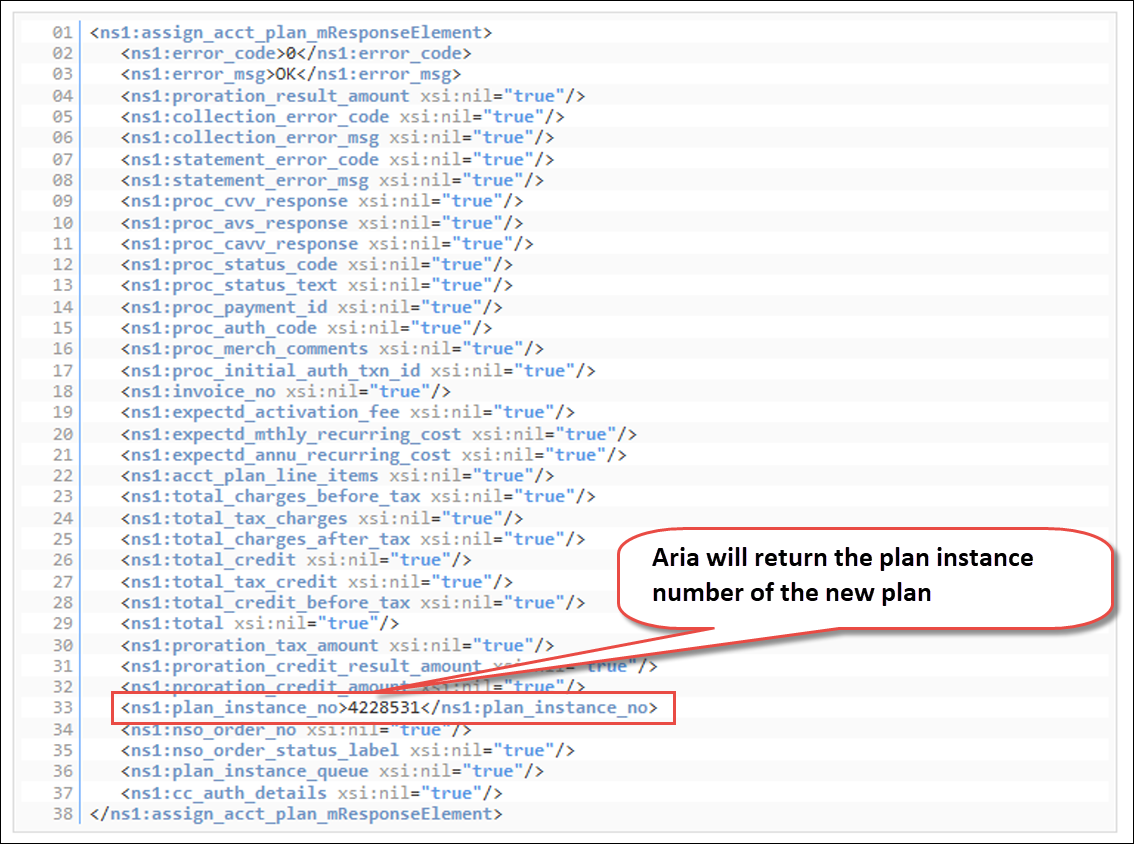Add a Master Plan with a Future Start Date and a Queued Rate Change
Overview
- You can add a Plan (product) with a future activation date if:
- you have a customer who wants service to start on a date after the current date (example: for financial convenience); or
- you first need to complete processes such as these:
- Install equipment; or
- Screen/obtain confirmation from the customer.
- You can optionally assign the customer a rate schedule different from the default rate schedule. Be sure to assign your chosen rate schedule that will be in effect on the future activation date.
Example: For business reasons, you may want to ensure that a customer is assigned a specific rate schedule that you Plan to charge at a future date.
- In the example below, we will use the assign_acct_plan_m API to add a Plan. If you need to complete multiple Plan changes in the same call, you can use the update_acct_plan_multi_m API. Please see this walkthrough for important information about the update_acct_plan_multi_m API.
- To add a Plan with a future start date and a queued rate change, follow the steps described below.
Please see User Self-service Best Practices for important notes about queuing rate schedule changes, additional use cases, and other information about updating accounts.
Instructions
Sample Call
- Authenticate the customer logging into your user self-service (USS) application by calling the set_session_auth_m API.
- Call the get_acct_details_all_m API to obtain the customer's billing group information.
- Call the get_client_plans_basic_m API to obtain the Plan(s) that the customer can add and their available rate schedules.
- Call the assign_acct_plan_m API as follows:
In this example, on 10 October 2020, we will:
- Add a new Plan for a customer who wants service to start on 10 November 2020 for a monthly Plan; and
- Assign a rate schedule that will change from $40 to $45 on 14 October 2020.
Note: When you add a Plan with a future start date, ensure that the desired rate schedule is active on the Plan activation date. The customer will be charged the rate that is active on the Plan activation date. Please see User Self-service Best Practices for more important notes about queuing rate schedule changes.
- Pass in your client number and authorization key:
<lit:client_no>12345_sample_client_no</lit:client_no> <lit:auth_key>AbCdEfG_sample_auth_key</lit:auth_key>
- Identify the customer who is adding a Plan as shown below:

- Identify the new Plan to be assigned as shown below.
Obtain the identifier of the new Plan from the <plan_no> field returned by the get_client_plans_basic_m API.

- Identify the billing group to be associated with the new Plan as shown below.
This will ensure that payments for the new Plan are made using the payment method associated with that billing group.
Obtain the billing group identifier from the <billing_group_no> or <client_billing_group_id> field returned by the get_acct_details_all_m API.
Note: You may choose to associate the Plan with:
- an existing billing group if the customer wants to pay for the new Plan with the same payment method; or
- a different billing group, if the customer wants to pay for the new Plan with another payment method.

- Specify the dunning group to be associated with the new Plan as shown below.
This will ensure that if the customer is behind on payments for this new Plan, Aria will take actions on the account as you specified in the dunning process associated with that dunning group.
Obtain the dunning group identifier from the <dunning_group_no> or <client_dunning_group_id> field returned by the get_acct_details_all_m API.

- Specify whether to prorate the first invoice as shown below:
Note: The proration rule that you specify will match or override your Invoicing Options On New Master Plan Assignment parameter (in the Aria application under Configuration > Billing > Invoice Settings).

- If you are offering the customer a rate on the new Plan assignment that is different from the default rate, specify which rate to apply as shown below:
Obtain the identifier of the available rate schedules for the assigned Plan from the <schedule_no> field returned by the get_client_plans_basic_m API.

- Identify the quantity of the new product that the customer wants to purchase as shown below:

- Specify the status that the new Plan should be in as shown below:

- Specify when the new Plan assignment should take place as shown below.
Note:
- If you are assigning a Supplemental Plan and you do not pass in an <assignment_directive>, then by default, the new Plan will go into effect on the associated Master Plan's anniversary date.
- If you are assigning a Master Plan and you do not pass in an <assignment_directive>, then by default, the Plan will go into effect on the Plan assignment date (current date or your specified future date or retroactive date).

- Specify when the new Plan should go into effect as shown below:

Sample Response
You can check the customer's account in the Aria application to confirm that the Plan addition was completed correctly as described in the use case above.

Note: In this example:
- We added a Plan on 10 October 2020 with an activation date of 10 November 2020.
- We assigned a rate schedule that was set to change from $40 to $45 on 14 October 2020.
- No invoice was created on 10 October 2020 because the Plan was not active yet.
- On the Plan activation date (10 November 2020), Aria will bill the customer $45 since that rate was in effect on 10 November 2020.
